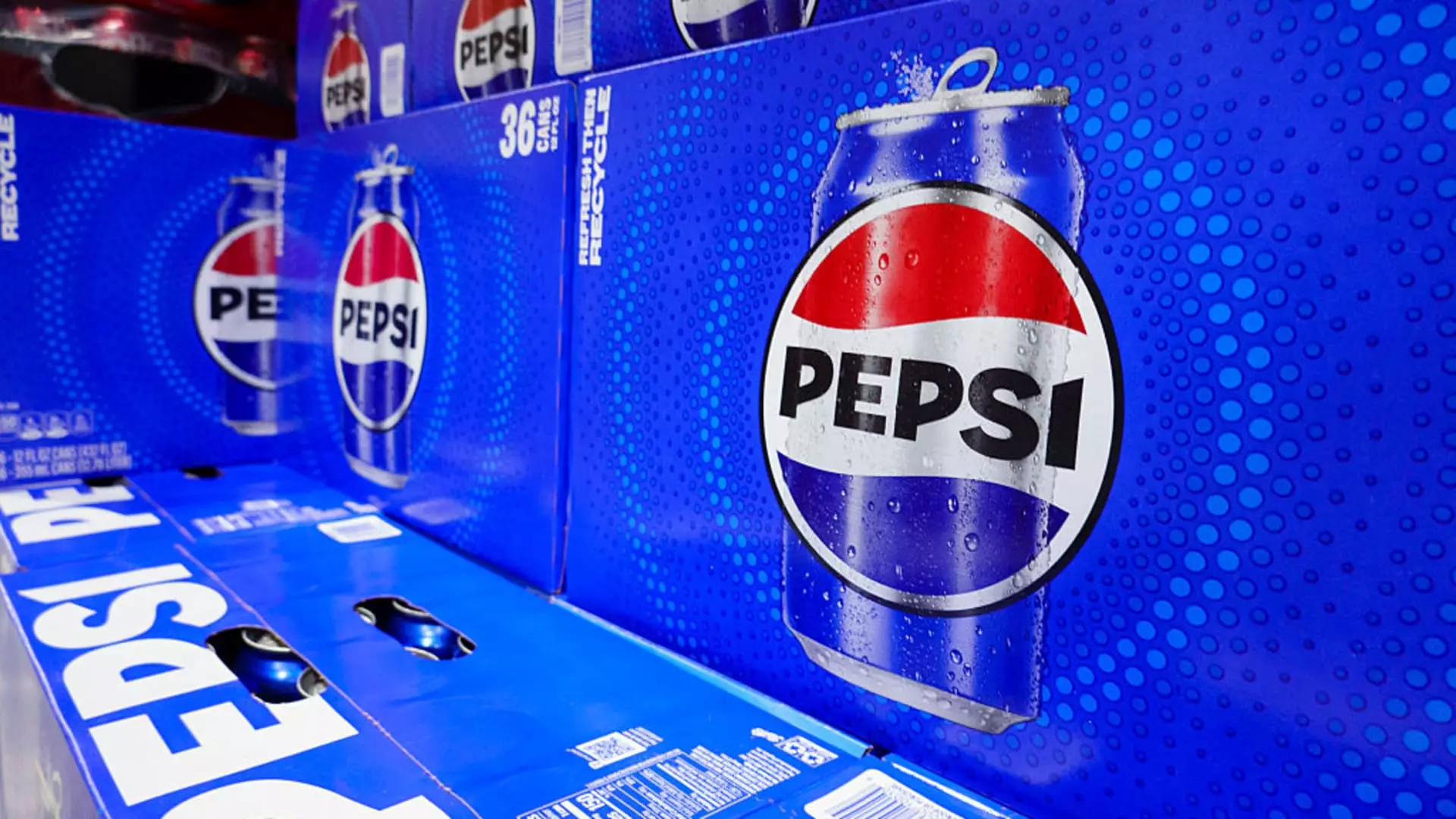PepsiCo’s recent financial disclosures reveal a company caught between the decline of traditional soda dominance and the imperative to reinvent itself for modern tastes. While the company exceeded Wall Street’s expectations in the short term, the underlying trajectory hints at a more complicated reality. The core challenge lies in whether Pepsi can effectively pivot its business model without losing its identity or alienating its existing consumer base.
The quarterly earnings report showcases a mixed bag—better-than-expected revenue and earnings per share amid declining volumes. Yet beneath this surface success are significant indicators of a company grappling with secular shifts. The flat or declining demand for classic products like soda and snacks signals a tectonic shift in consumer preferences, driven by health consciousness, multicultural influences, and the proliferation of new dietary trends. Pepsi’s strategic response—embracing healthier snacking options, leveraging multicultural offerings, and refining operational efficiency—demonstrates a cautious but determined push to adapt.
However, whether these efforts are enough remains uncertain. The company’s projections of hitting the low end of its long-term revenue growth goals “in the next few quarters” suggests a degree of pessimism or at least a recognition of the road ahead. The sharp drop in North American volumes indicates that consumer attitudes are shifting faster than the company’s traditional marketing and product strategies can accommodate.
Strategic Shifts: Balancing Innovation with Classic Branding
Pepsi’s renewed focus on healthier, more diverse product offerings reveals both opportunity and risk. The emphasis on protein-rich foods and multicultural brands like Siete and Sabra indicates an awareness that consumer tastes are diversifying. At the same time, the plans to relaunch core products like Lay’s and Tostitos—focused on their fundamental ingredients—highlight a desire to double down on brand heritage while emphasizing quality.
Incorporating wellness trends and multicultural offerings is a smart move that aligns with wider societal changes. But it’s a tightrope walk. Overhauling a global brand while maintaining its core identity is a complex task—a failure to strike the right balance could result in brand dilution or consumer fatigue. There’s an inherent tension in trying to innovate without abandoning the loyal consumer base that made Pepsi a household name.
Operationally, Pepsi is trying to streamline its logistics and cut costs by closing manufacturing plants and optimizing distribution channels. This reflects a pragmatic approach to improving margins amid declining volumes. Still, such cost-cutting measures may only provide short-term relief unless they translate into a genuine volume rebound, which remains a challenge given the competitive landscape and changing consumer behaviors.
Market Sentiment and Future Outlook: A Mixed Signal
Investors reacted positively to the earnings beat, with shares rising more than 6%. This enthusiasm perhaps ignores the deeper issues—namely, declining volumes, persistent market headwinds, and uncertain consumer loyalty. The company’s reluctance to fully revise its annual outlook downward suggests cautious optimism, but it also raises questions about how sustainable its current strategies are.
Pepsi’s acknowledgment of economic volatility, tariffs, and a cautious consumer base demonstrates a willingness to adapt, but these external pressures may demand even more aggressive innovation and strategic shifts. The hope of returning to above-average growth is tempered by the reality of a maturing market and increasing health-conscious competition.
In a broader sense, Pepsi’s predicament is emblematic of a larger industry trend—companies tethered to legacy products struggling to find relevance in a rapidly evolving consumer landscape. Success hinges on agility, authentic innovation, and a nuanced understanding of evolving demands. Pepsi’s actions, while commendable, need to be complemented by bold, cohesive long-term strategies that balance brand heritage with the demands of modern consumers. Only then can it maintain its competitive edge and restore robust growth in a landscape that no longer favors the status quo.


Leave a Reply